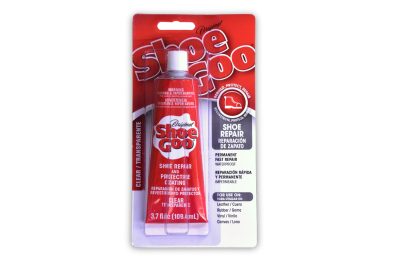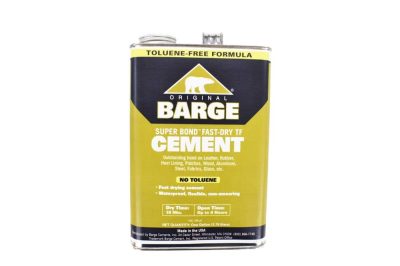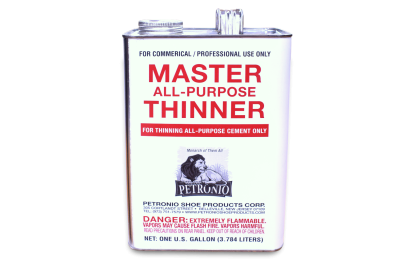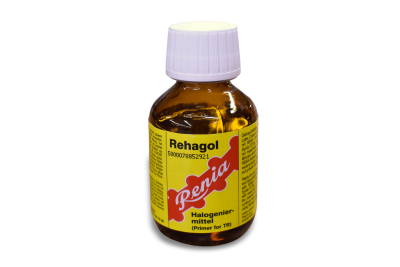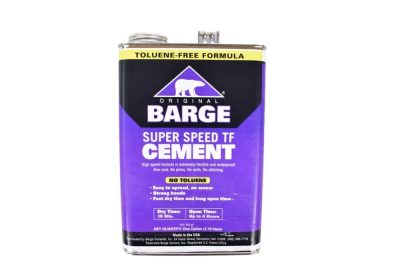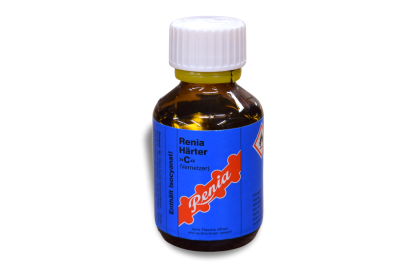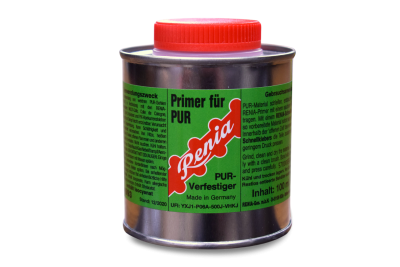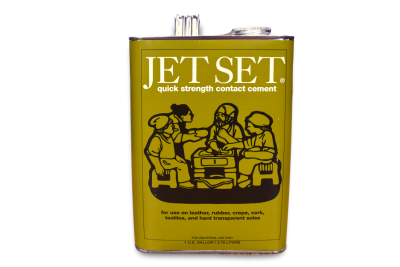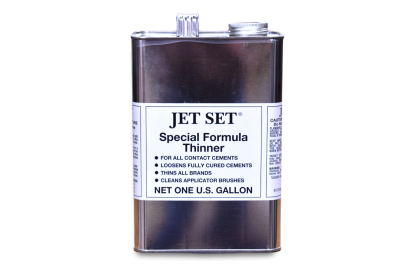Montana Leather Company
Leather Cement & Glue
Showing 13–22 of 22 resultsSorted by popularity
-
Shoe Goo
Rated 5.00 out of 5$5.90 Select options This product has multiple variants. The options may be chosen on the product page -
Barge Super Bond Fast-Dry TF Cement
Rated 5.00 out of 5$62.00 Add to cart -
Master Thinner
Rated 5.00 out of 5$35.00 Add to cart -
Barge Universal Thinner
$23.50 Add to cart -
Renia Rehagol TR Primer
$6.95 Add to cart -
Barge Super Speed TF
$59.00 Add to cart -
Renia Hardener
Rated 5.00 out of 5$11.95 Add to cart -
Renia PUR Primer
$18.95 Add to cart -
Jet Set Cement
$59.00 Add to cart -
Jet Set Thinner
Read more
Types of Leather Adhesives at Montana Leather Company
We offer a few types of leather adhesives to accommodate different projects:
- Contact cement: Contact cement has strong bonding properties, making it ideal for large surface areas.
- Water-based adhesives: Water-based adhesives are suitable for beginners because they are nontoxic and easy to use and clean.
- Solvent-based adhesives: These adhesives are effective on various materials and resistant to heat and moisture.
- Specialty adhesives: Shoe glue and rubber cement are examples of a specialty adhesives that provide unique binding characteristics. Other cements dry slower or faster for better application.
Benefits of Using Quality Leather Glue and Cement
Using high-quality glue for leather is beneficial for several reasons:
- Strong bonding: Made of durable bonding properties, top-quality leather adhesives can withstand wear and tear.
- Versatility: Unlike regular craft glue, leather adhesives can be used on leather and other materials such as rubber and fabric.
- Ease of application: User-friendly application methods like brushes and precision tips promote clean, effective results.
Choosing the Right Adhesive for Leather Projects
The project type impacts the adhesive you’ll use. For example, if you’re making mocassins, boots or shoes, you should consider the adhesive’s drying time, flexibility and moisture resistance.
Leather Glue and Cement Care and Maintenance Tips
Leather adhesives should always be sealed and stored in a cool, dry place to preserve their bonding properties. If you experience spillage, immediately clean it with solvents or cleaners to prevent material damage. Unused or expired glue should be disposed of properly according to local regulations.
Frequently Asked Questions About Leather Glue and Cement
We’ve answered a few commonly asked questions about leather adhesives.
Can I Use Regular Craft Glue for Leather?
Regular craft glue isn’t strong enough to bond leather. It’s best to use adhesives specifically designed for leather, such as our contact cement and water-based adhesives.
What Is the Best Glue for Leathercrafting?
The best glue depends on the project you’re working on, as well as personal preference. For example, Barge and Master cement are both solvent cements that work the same way, but some individuals feel very strongly of one over the other. Water based cements like Aquilim provide excellent stick with none of the solvent chemicals.
How Do I Remove Excess Glue From My Project?
Use a manufacturer-recommended solvent or carefully scrape excess glue off with a knife once dry.
Find What You Need to Glue or Cement Your Project
We have every solution to your leather adhesive needs. Check out our vast selection and contact us for any questions about our products today.
